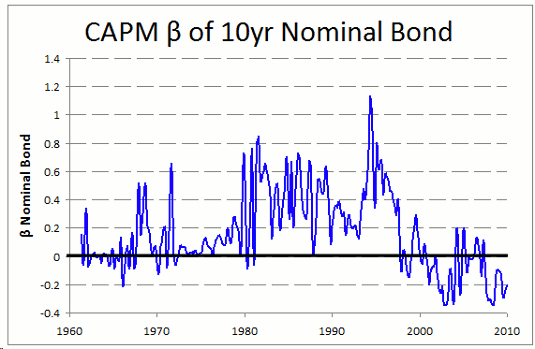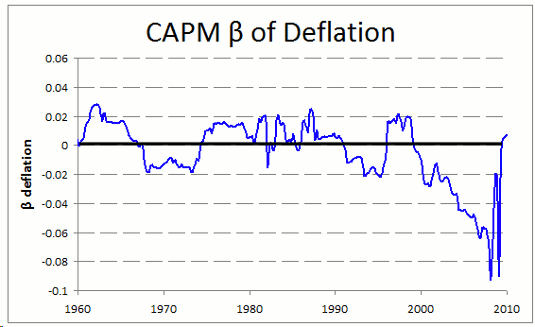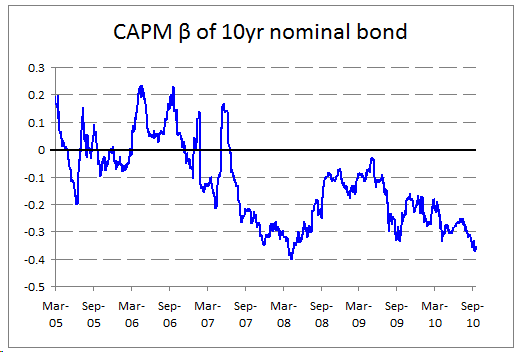-Is this just me or does that Shakespeare was right when he rejected the masses so effectively in Julius Caesar? Are we rabble just, which twist and turn to the emotional rhetoric without the ability to think for ourselves?
Two years ago our country was in a crisis of so many ways, not the least was the economic turmoil that have caused the bankruptcy almost worldwide and the tragedy of so many lives lost in unnecessary wars persisted in the Middle East.

There are other problems of course, more important than others but all contributing factor to our misfortunes.If we changed of course with a landslide that elected our first bi-raciale President who won not only with a significant majority, but therefore unlikely supported Republican States such as Virginia and Indiana.
The majority of the Democratic Congress is almost irreversible, with 60 votes in the Senate and the voices of save in the House of représentants.Les people were eager to change, which was indeed a bit slow to be forthcoming.
Part of it is due to Barack Obama pledge and stubborn insistence that his presidency would be composed of things we do given avant.Son administration would not in politics and it could affect the Republicans, who had not had the the thanks to do the same for the Democrats in 2000, even though more than people voted for Al Gore than George W. Bush..
Obama attempts were arrested and he took a year or for him to go into account that the Republicans achieved right when they took her fonctions.Il had said, Hey, "we care not how we got here, but we're here and we will be running the show." So finally, after the Democrats have lost their majority as a result of the death of Senator Ted Kennedy and the election of Republican Scott Brown has been acting difficult when they pushed by landmark, health care package which had already passed the Senate and the House in persuading still formidable democratic majority in the House to accept the Bill in the Senate.
Republicans am, but they work, a feat that had escaped the nation since Harry Truman attempted to ball rolling sixty years ago. A fiscal stimulus package was also transmitted, as well as reforms in the credit card industry.Folks, much progress has been made, and the administration has been in Office less than two years.
However, because there is still much unemployment, even if job losses have declined and there is still much to solve, there is a roll the buttocks of fate fervor sweeping the nation.Most experts predict definitive loss of the Chamber - a huge turnaround - and a Senate even with Democrats in control, what will be the majority as the name.
Of course, this is because while the Republicans are primarily a stripe, except for the two women, who represent the State of Maine, there are so many different types of democracy across the nation, it's a miracle when Trues reforms are made of tissue which reminds us a party when the FDR, Truman f. John Kennedy and Lyndon Johnson was in charge.
The reality is that we are on target to improve things, and things are better that they were two years if we are forced to paraphrase request Ronald Reagan for us in 1980, "are you better off that you were four years ago."We are in excellent shape, the finished work, the answer is of course, aucun.Mais should stop and hand the reins of power to the spokespersons of the large enterprises and the so-called moral, folks who proclaim themselves as the only true American conspiracy because they promote discrimination against immigrants and denounce gay patriotic who want to serve in the army? to me, this is a self.
But it seems we are on the verge of doing so, and if it happens then the country deserves what he fait.Il will be largely dependent on short-sighted and a high degree of racism by those who believe that a guy with a very dark Kenyan father has somewhat become our President self interest Act.
And media like controversy and promoting governmental disorders, undoubtedly increased ratings of Brian Williams at NBC, those of Katie Couric on CBS, Diane Sawyer on ABC and Anderson Cooper on CNN.
There is still time to stop the madness and give leaders that we elected the time to do what must be fait.Disons tweet on Twitter rant on Facebook or absurd position Tea Party candidate outlined on YouTube.Je must admit I'm not too optimiste.Comme I mentioned at the beginning, William Shakespeare included people and their weaknesses too much and he excelled in dramatic form which could well be enclosing our nation as transfigures in modern tragedy.
Site Web de Michael Russnow is ramproductionsinternational.com
?
Follow Michael Russnow on Twitter: www.twitter.com/kerrloy
This entry transmitted via the service for full-text RSS - if this is your content and you read on someone to another site, please read our FAQ page fivefilters.org/content-only/faq.php
Article five filters features: After Hiroshima - non-rapport Cancer Catastrophe of Fallujah.




